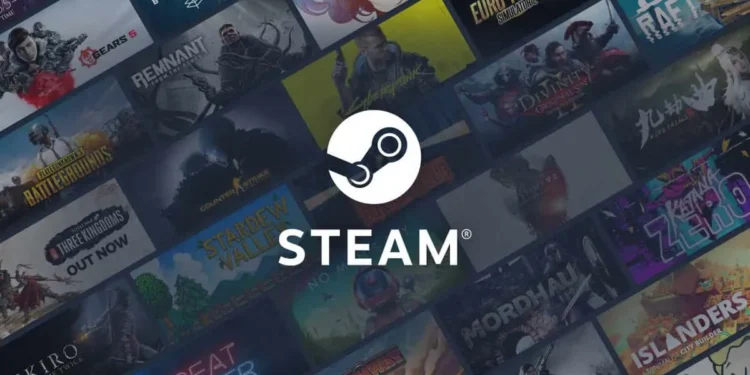In an unexpected yet welcome development, Valve Corporation has taken a decisive stand against in-game advertisements within its Steam platform, setting a new precedent in the gaming industry. This new directive effectively bans any games that require players to watch advertisements as a prerequisite for gameplay. This policy marks a significant shift towards enhancing user experience and integrity in game design on Steam.

Unveiling New Policies: A Cleaner Gaming Experience
Recently unveiled rules by Valve, which were first highlighted by Gaming on Linux, have stirred the gaming community and developers alike. According to these guidelines, while certain types of promotions like cross-promotion and product placement are still permissible, forcing players into watching or interacting with advertisements is strictly off-limits. This change aims to prioritize the gaming experience over ad-based revenue models that have been commonly seen in mobile gaming spheres.
“Developers should not utilize paid advertising as a business model in their game, such as requiring players to watch or otherwise engage with advertising in order to play, or gating gameplay behind advertising,”
the newly released rules state. This clarifies Valve’s position on maintaining a straightforward and engaging environment, free from the often intrusive ad-based game mechanics.
Furthermore, Valve’s new policy stipulates that developers using advertising on other platforms must eliminate such elements before launching their games on Steam. Alternative monetization strategies suggested include adopting a single purchase model or exploring free-to-play versions supported by microtransactions or downloadable content (DLC).

A Focus on Transparency and Developer Conduct
Valve’s commitment to transparency and fair play extends beyond just advertisement regulations. The company has also set guidelines preventing developers from charging for access to various Steam features like sales pages, bundles, and store fronts. This move ensures a level playing field where success is determined by game quality and player engagement rather than deep advertising pockets.
In addition to these advertising rules, Valve has introduced a new feature aimed at enhancing consumer protection: a notification system informing potential buyers of the duration since a game last received updates. This feature is particularly targeted at early access games, providing additional transparency and helping users make more informed purchasing decisions.

What This Means for the Future of Gaming on Steam
Valve’s recent updates signal a significant shift in how game developers will approach monetization and player engagement on the platform. By discouraging ad-based revenue tactics, Steam is likely pushing creators towards more innovative and player-friendly monetization methods. While some developers might see this as a limitation, it could also inspire more creativity in game development, focusing on enriching content and player experience over easy ad revenue.
As Steam continues to refine its platform, these changes are poised to redefine norms in the digital gaming market, much to the satisfaction of gamers seeking more immersive and uninterrupted gaming experiences. Valve’s firm stance also sets a benchmark for other platforms, advocating for a gaming environment where player engagement and satisfaction are paramount.










